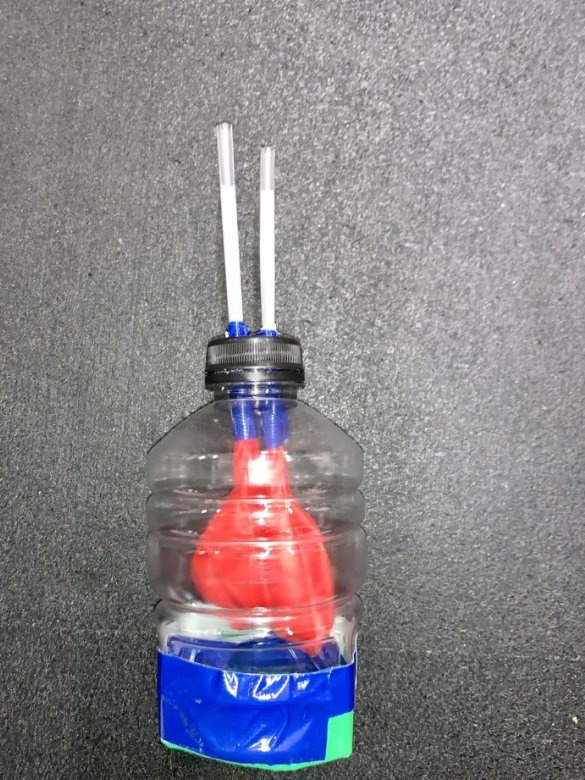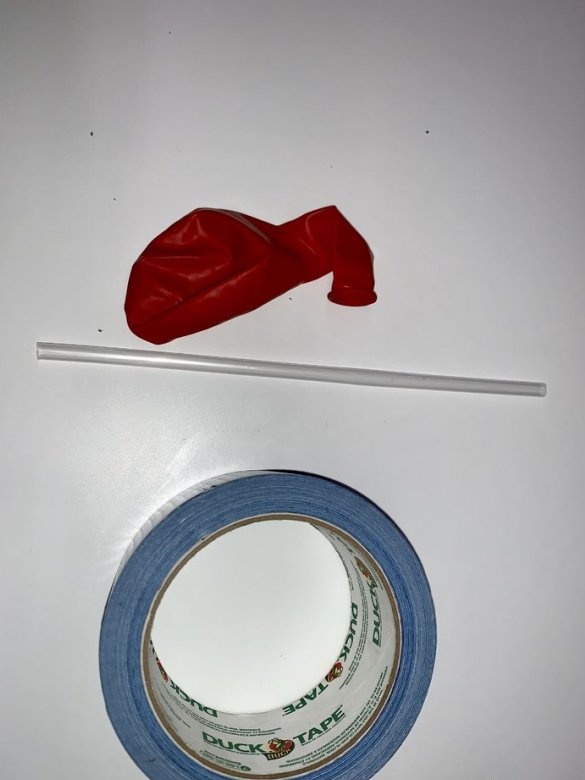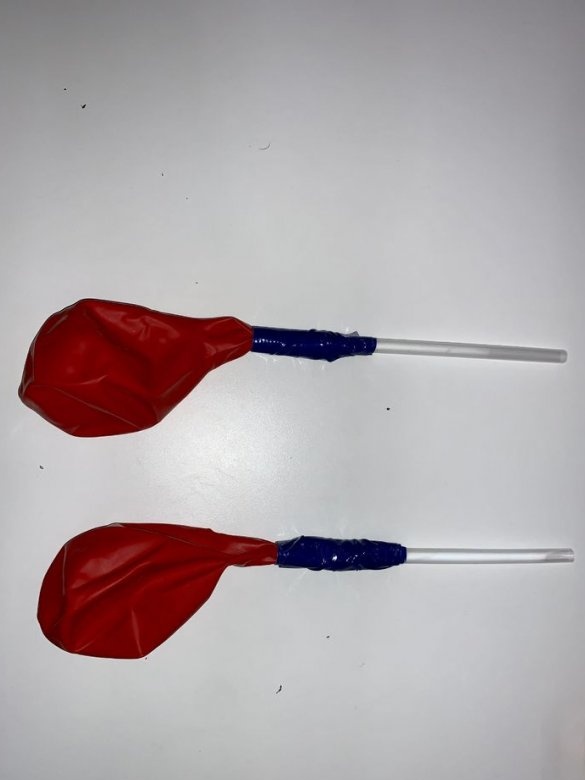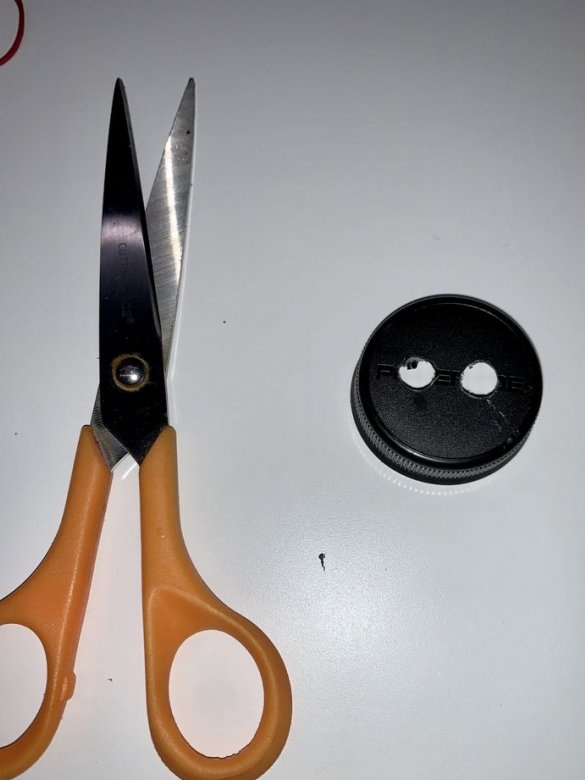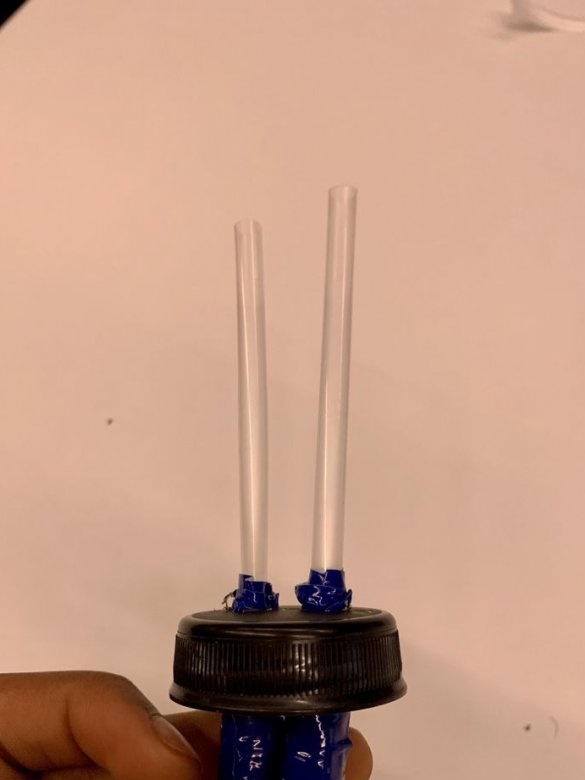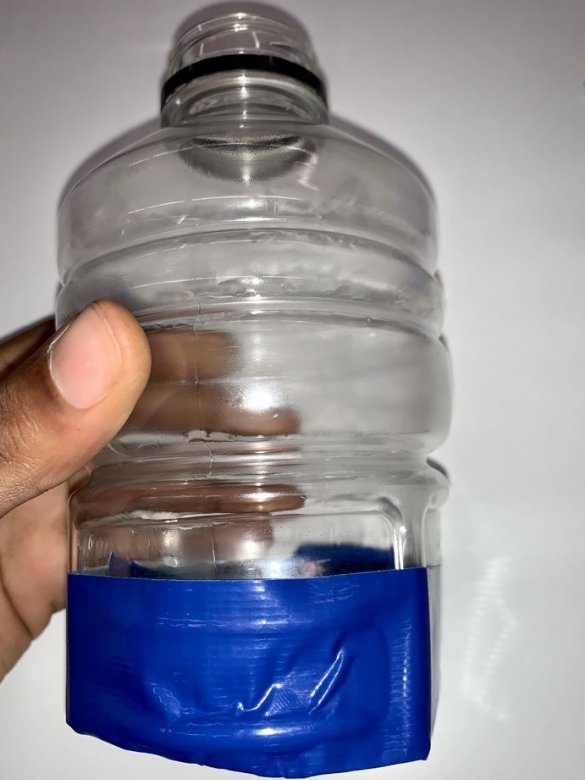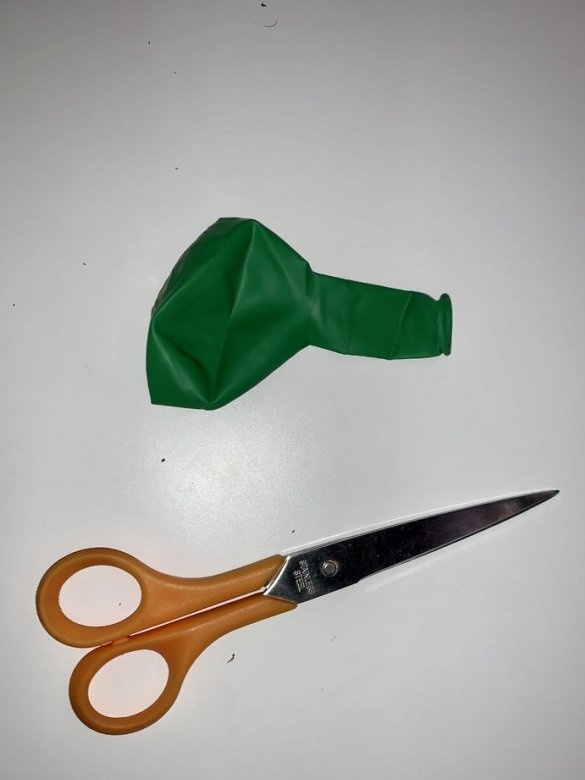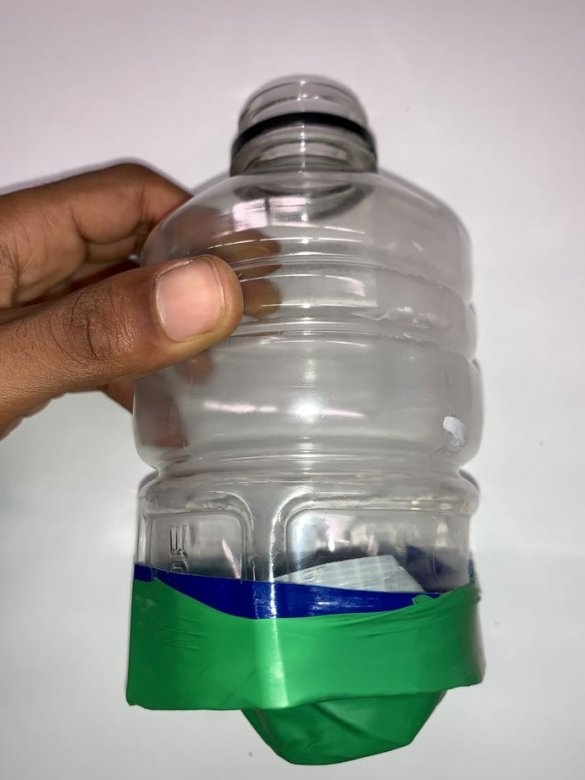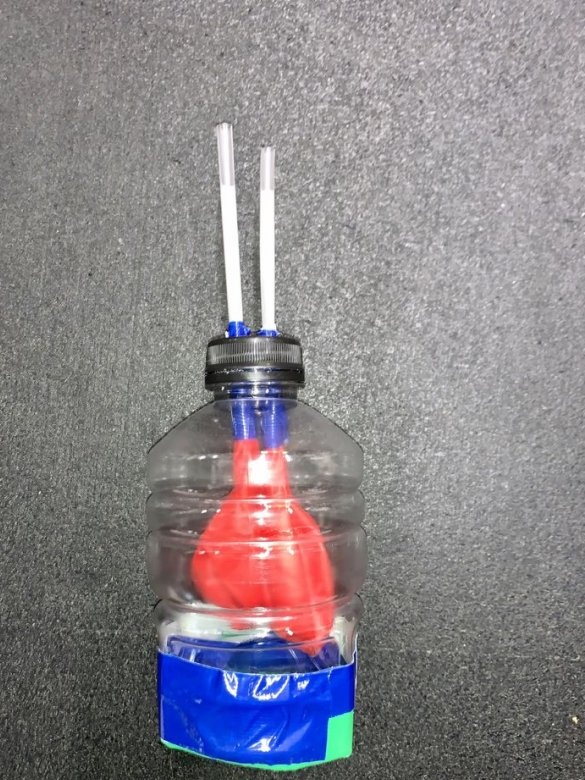Crafted by Instructables under the nickname mismith3 model larynx, lungs and diaphragm allows you to visually get answers to the following questions:
- how do the lungs and the diaphragm move when breathing - in the same direction, or in the opposite?
- what do we see when we look at the existing lungs through an X-ray machine (not counting the skeleton, although the stiffening ribs on the bottle in which all this is collected can pass for it)?
Manufacture homemade the master begins by attaching cocktail straws to two balloons with adhesive tape. Tubes will be models of the larynx, and balls will be models of the lungs.
In the lid of a large bottle, the master makes two holes of such a diameter so that the straws can pass through them. The bottle itself will be a chest model.
The master passes the straws through the holes in the lid so that some of the adhesive tape is in these holes. Although sealing these openings is optional, parts will be better held.
The master cuts off the bottom of the bottle and seals it around the perimeter with tape so that there are no sharp edges that can cut through the model of the diaphragm made of the third ball.
He takes the third ball and turns it into a model of the diaphragm (it can be fixed by adding another layer of adhesive tape, but it holds without it):
It collects everything, and the device is ready:
Now, if you blow air in through two straws, the lungs will expand, pushing the diaphragm behind them. Everything is as clear as possible, as in fluoroscopy, only without x-ray radiation. It turned out a visual aid in biology and physics at the same time, since, in addition to the larynx, lungs and diaphragm, it also explains the Boyle-Marriott law. Such devices can be replenished not only in biology and physics classrooms, but also in theaters and museums of entertaining sciences common today.

